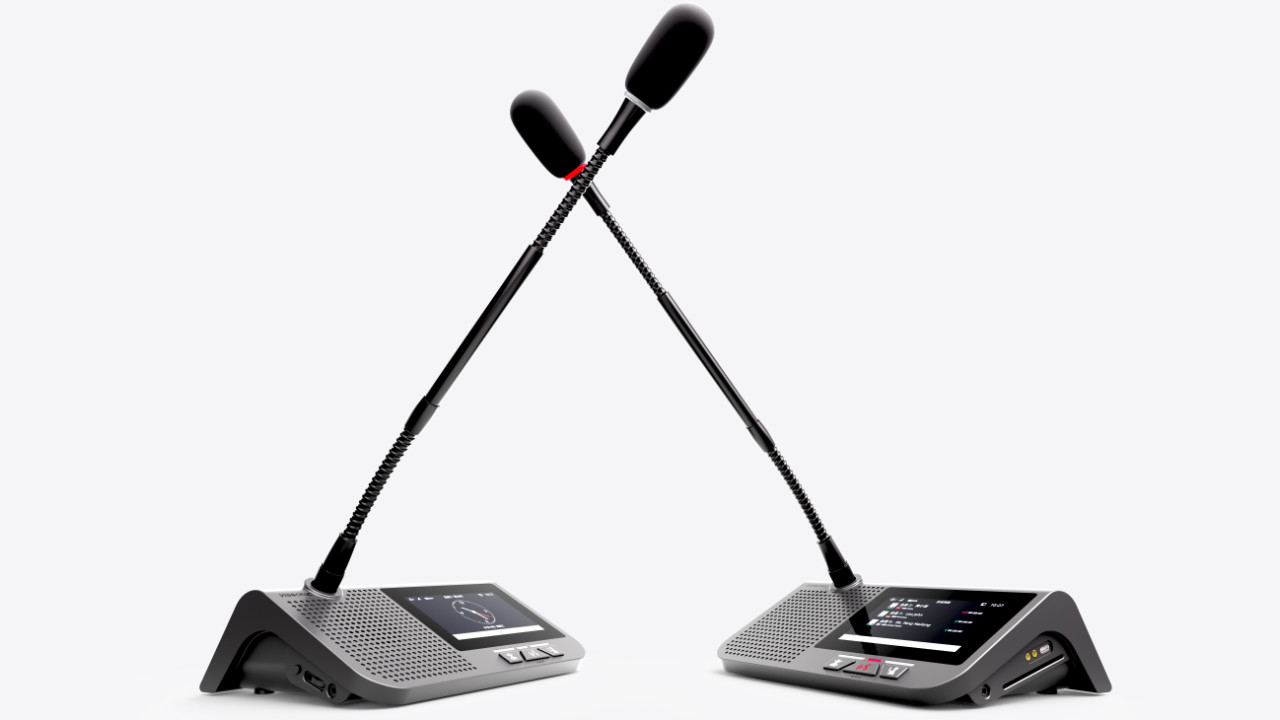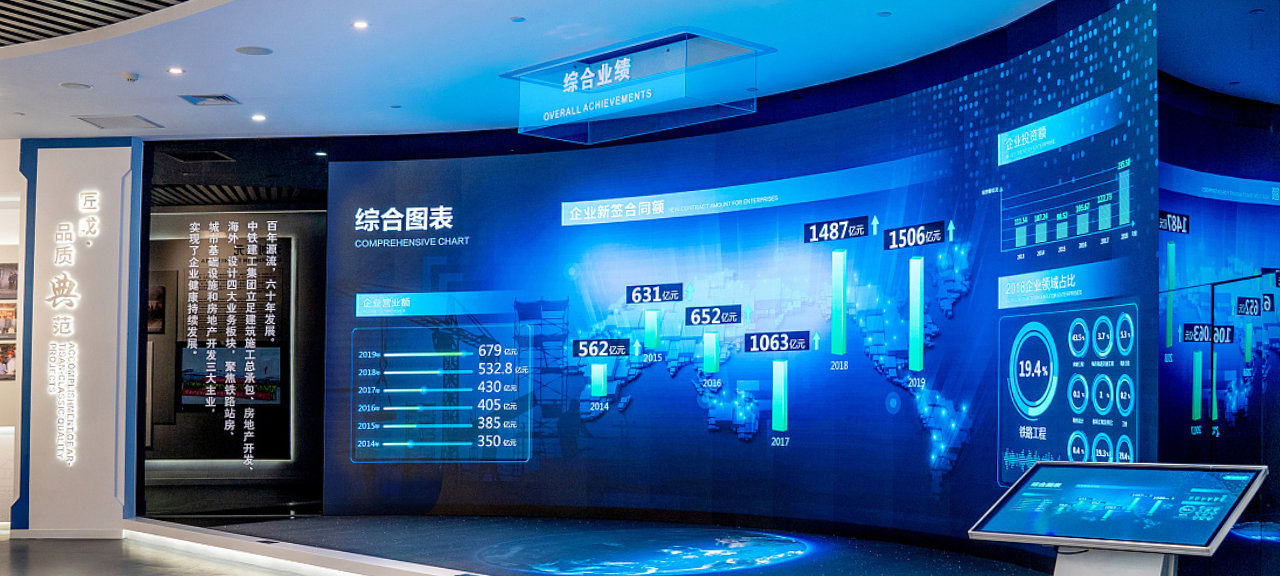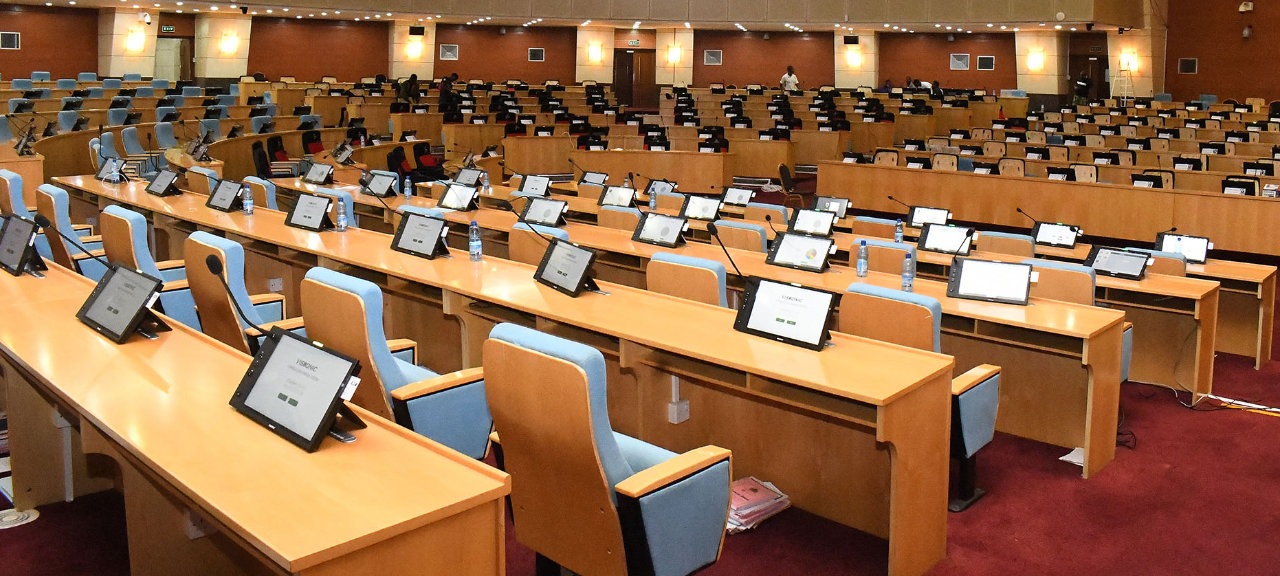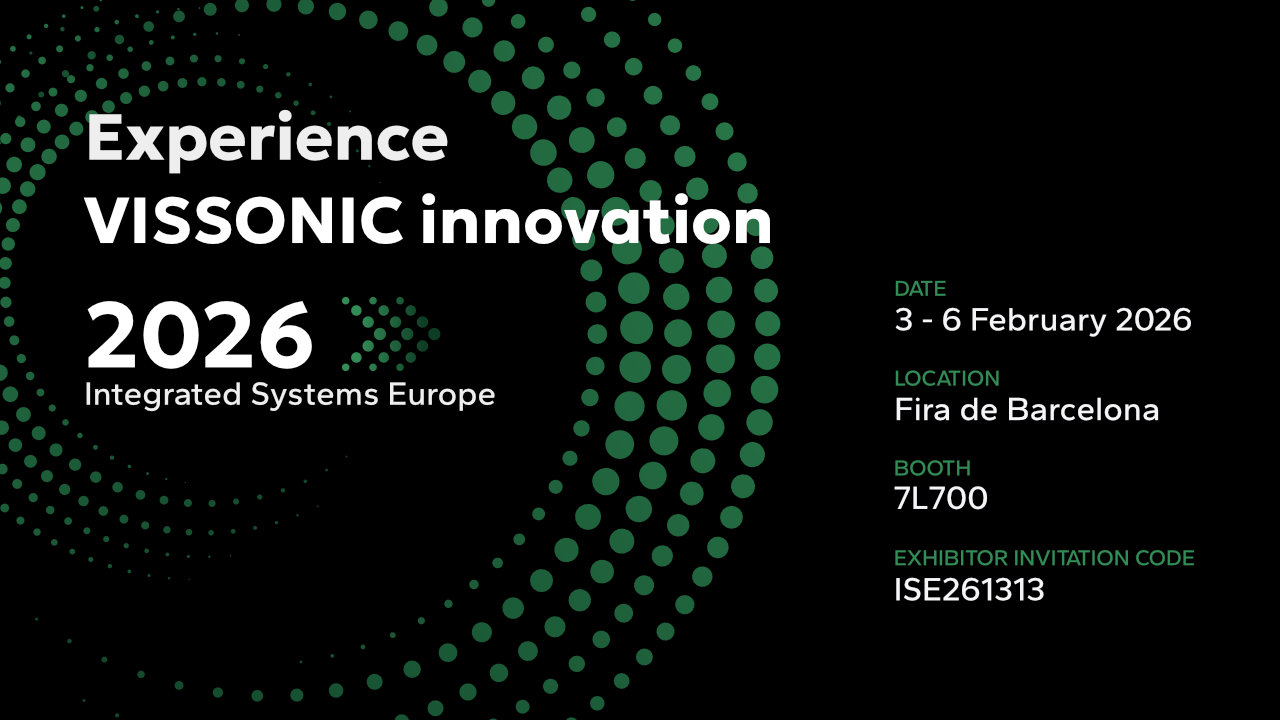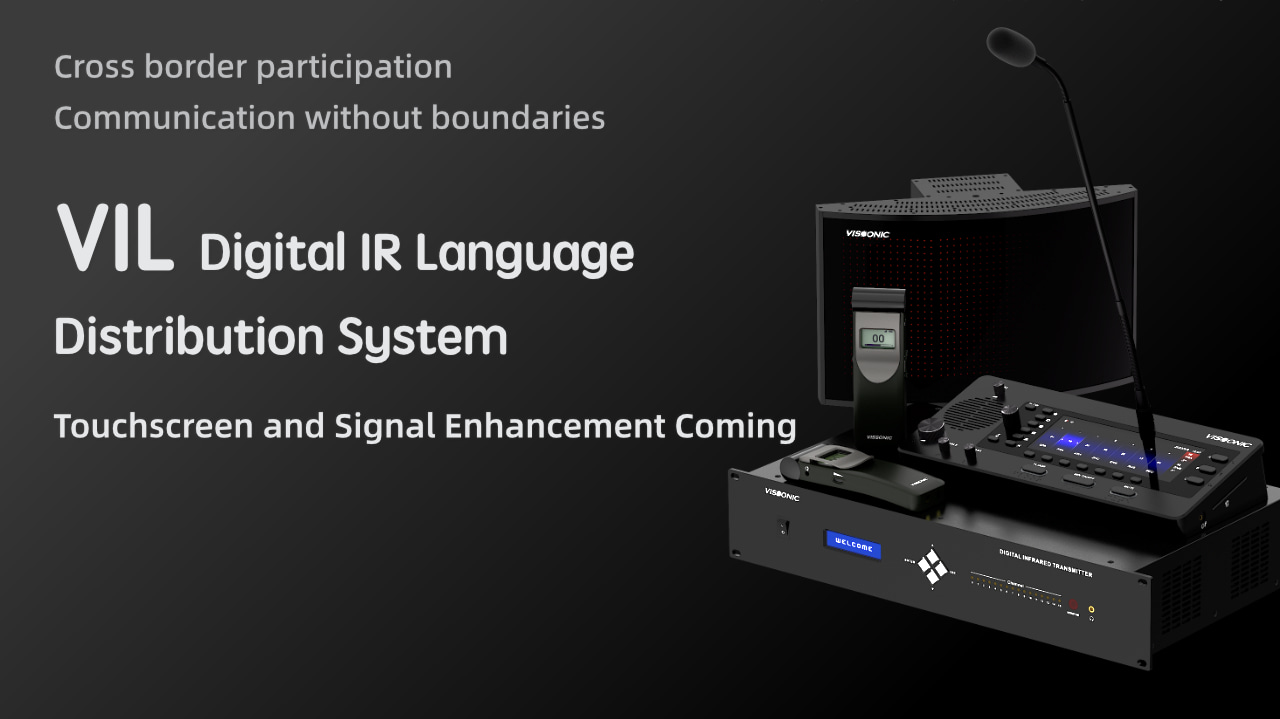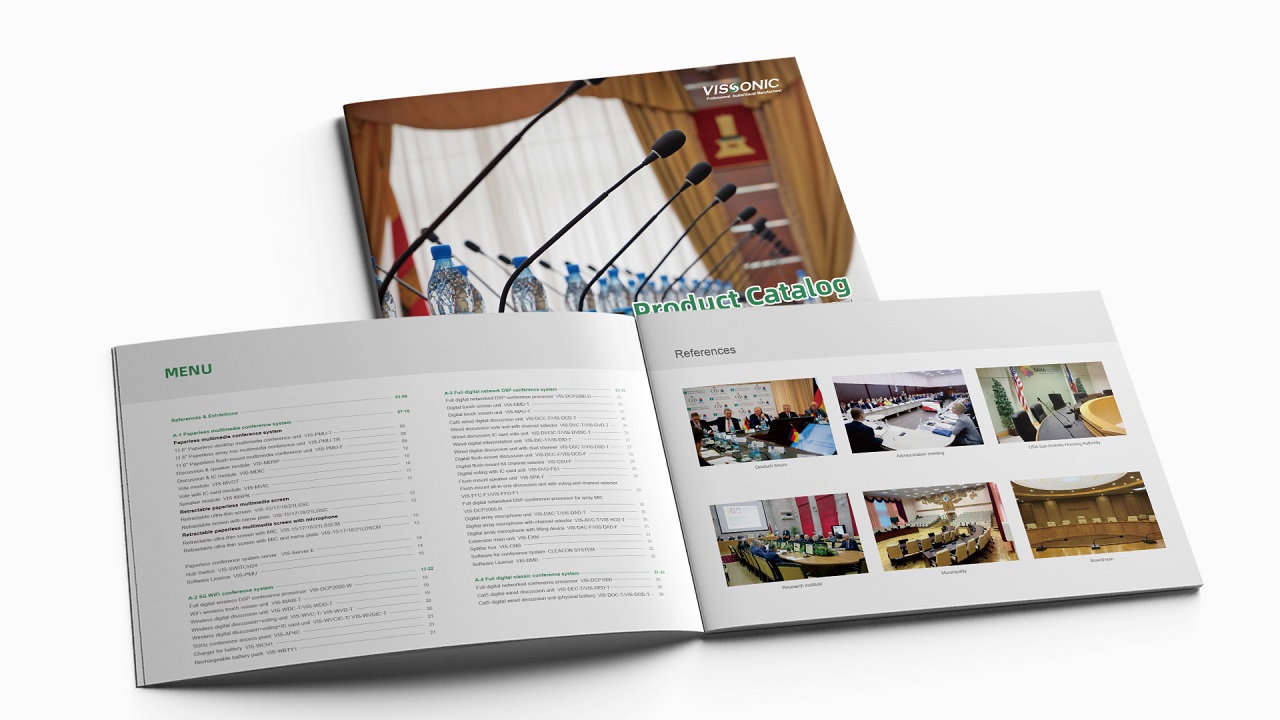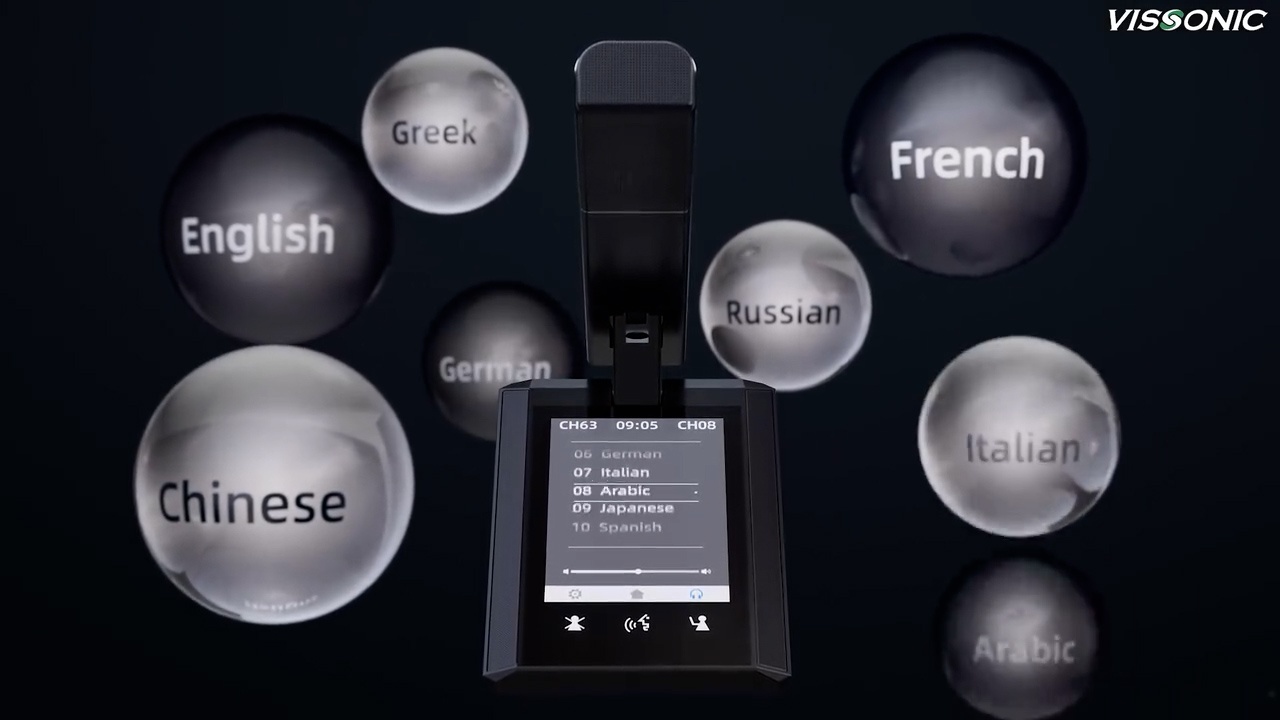Understanding Audio: What is DSP?
Digital Signal Processing (DSP) is a fundamental technology used in the field of audio engineering. It is the process of manipulating and analyzing digital signals, including audio signals, to extract information or modify them to produce a desired output. DSP involves a wide range of mathematical algorithms and techniques that enable the processing of digital signals in real-time or offline, depending on the application.
DSP's Role in Modern Audio Processing Technologies
DSP is a vital part of modern audio processing technologies such as equalizers, filters, compressors, and reverb effects. These technologies have revolutionized the way we consume and produce music, as they enable engineers and producers to manipulate sound in ways that were previously impossible with analog processing.
In the context of audio engineering, DSP is used to implement a range of signal processing algorithms, including filtering, time stretching, pitch shifting, noise reduction, and spatialization. These techniques enable the engineer to improve the quality of the audio signal by removing unwanted noise or enhancing certain aspects of the sound, such as its spatial dimension or frequency response.
Multi-media Digital Conference Unit With Touch Screen
Equalization (EQ): A Common DSP Application
One of the most common uses of DSP in audio engineering is the implementation of equalization (EQ). EQ is a process that adjusts the balance of frequencies in an audio signal. DSP-based equalizers use filters to boost or attenuate specific frequencies in the signal, allowing the engineer to tailor the sound to the desired effect. The ability to precisely control the frequency response of an audio signal is one of the key advantages of DSP-based EQ, as it enables the engineer to correct problems or enhance certain aspects of the sound, such as the clarity of vocals or the punchiness of a bass guitar.
Another important application of DSP in audio engineering is the implementation of time stretching and pitch shifting algorithms. These algorithms enable the engineer to change the speed and pitch of an audio signal without altering its tempo. Time stretching is the process of lengthening or shortening an audio signal while preserving its pitch, while pitch shifting involves changing the pitch of an audio signal without altering its duration. These techniques are commonly used in music production to correct timing issues or create harmonies by pitching up or down a vocal track.
Noise reduction is another common application of DSP in audio engineering. This technique involves the removal of unwanted noise from an audio signal, such as hiss or hum. DSP-based noise reduction algorithms use statistical analysis and filtering techniques to identify and remove noise from the signal, without affecting the desired audio content. Noise reduction is a critical technique in many applications, including live sound reinforcement and recording, as it enables the engineer to produce clean and clear audio signals.
Spatialization is another application of DSP in audio engineering that has become increasingly popular in recent years. Spatialization refers to the process of creating a sense of space or dimensionality in an audio signal. DSP-based spatialization techniques use various algorithms, such as convolution, to simulate the effect of sound sources in different locations in a virtual space. This technique is commonly used in surround sound systems and immersive audio formats, such as Dolby Atmos, to create an immersive listening experience for the audience.
In summary, DSP is a fundamental technology in audio engineering that enables the manipulation and analysis of digital signals, including audio signals. It involves a range of mathematical algorithms and techniques that enable the processing of digital signals in real-time or offline. DSP has revolutionized the way we consume and produce music, as it enables engineers and producers to manipulate sound in ways that were previously impossible with analog processing. DSP-based techniques such as equalization, time stretching, pitch shifting, noise reduction, and spatialization are commonly used in audio engineering to improve the quality of audio signals and create immersive listening experiences for the audience.

